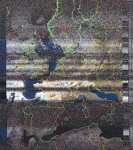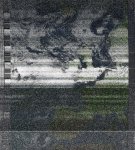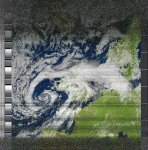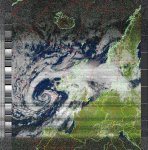Ok, well there has been some improvement - still grainy, but it's starting to look like what I'm after.
The only difference was that I raised the antenna back up again, as the signal became really weak when low down - which is wasn't when I first moved it.
I think I need to experiment with moving the antenna about to get the least interference.
The only difference was that I raised the antenna back up again, as the signal became really weak when low down - which is wasn't when I first moved it.
I think I need to experiment with moving the antenna about to get the least interference.








